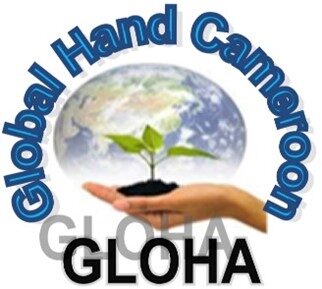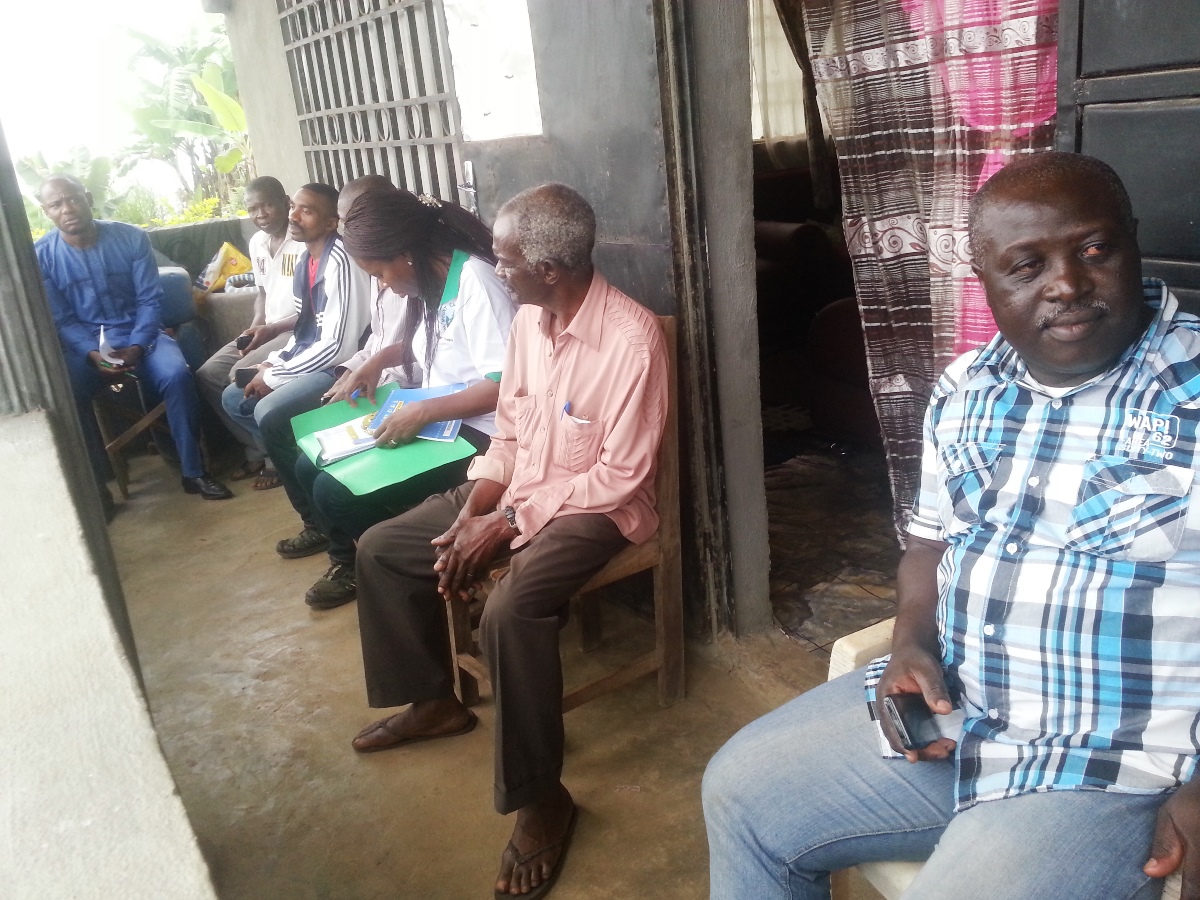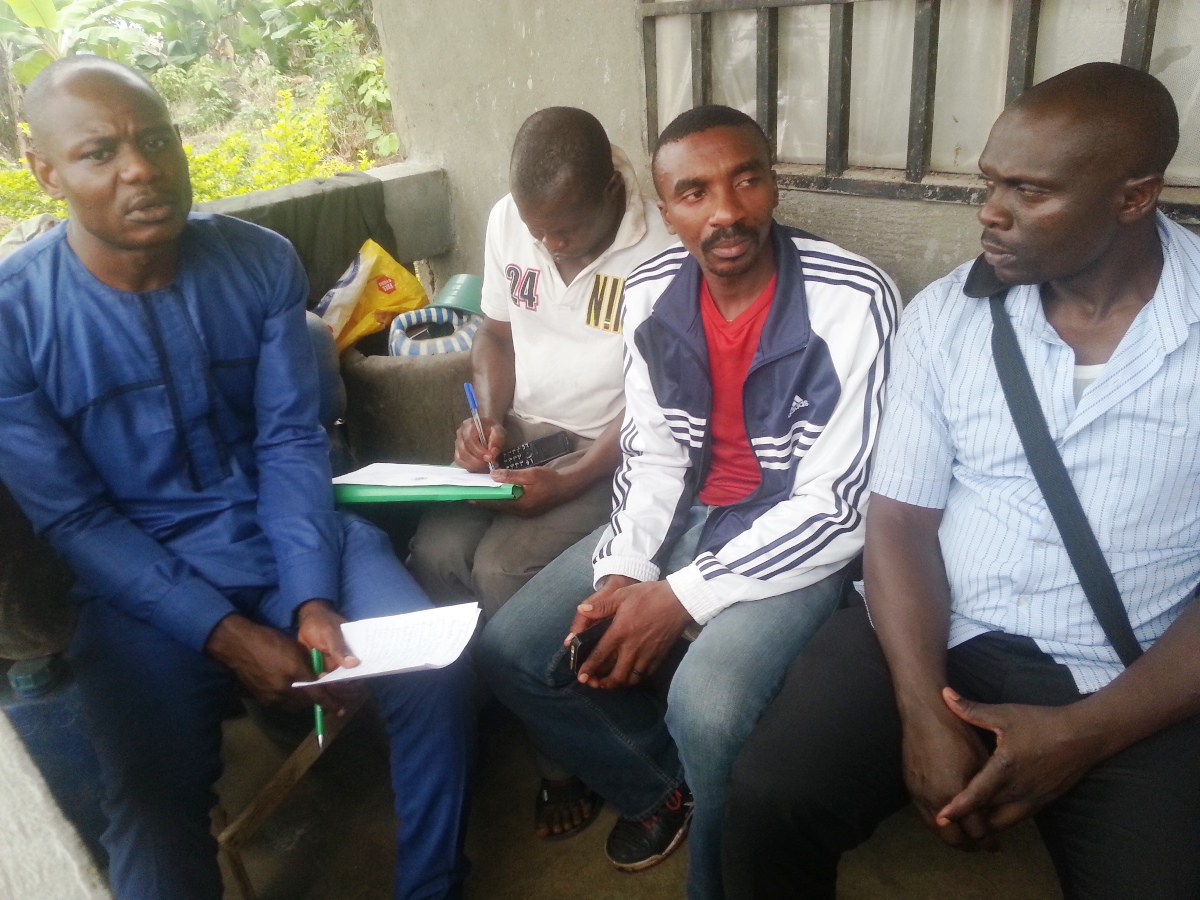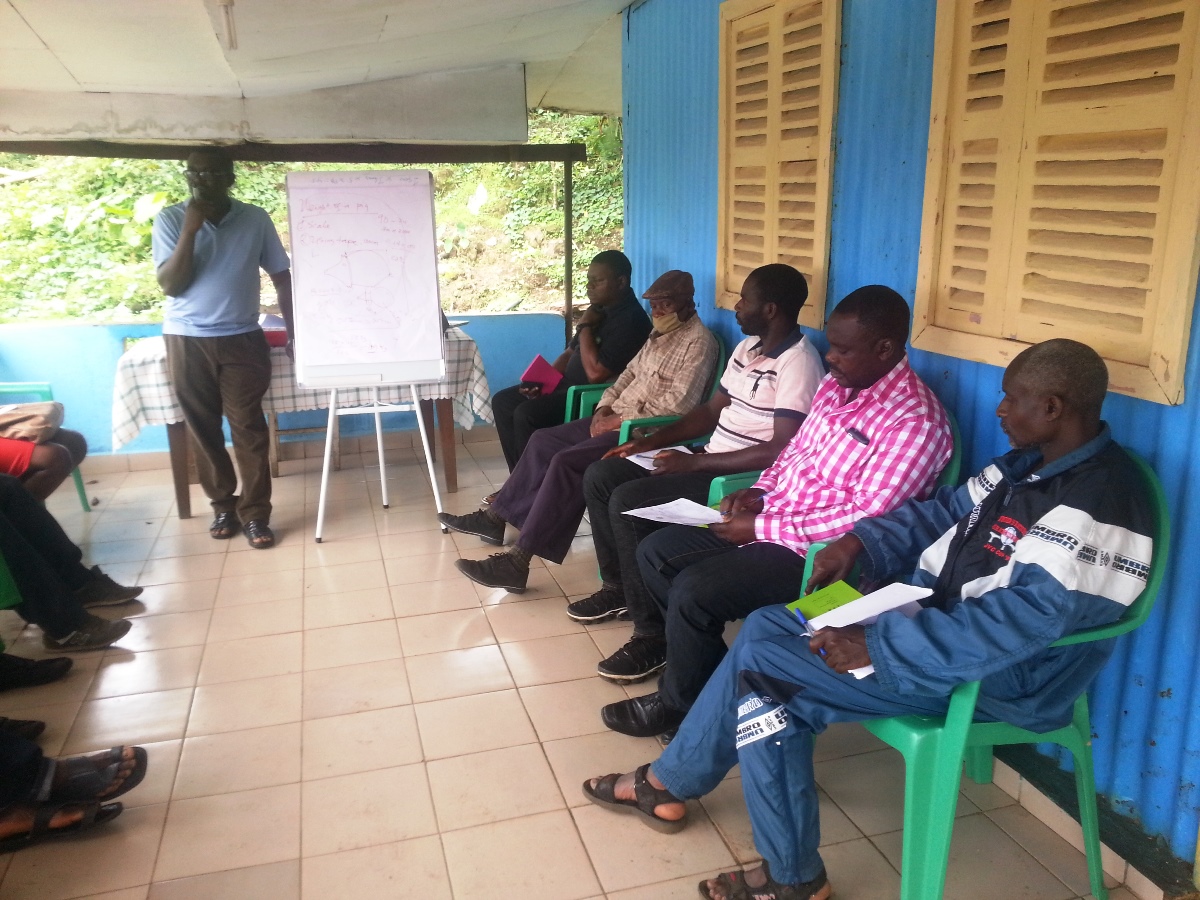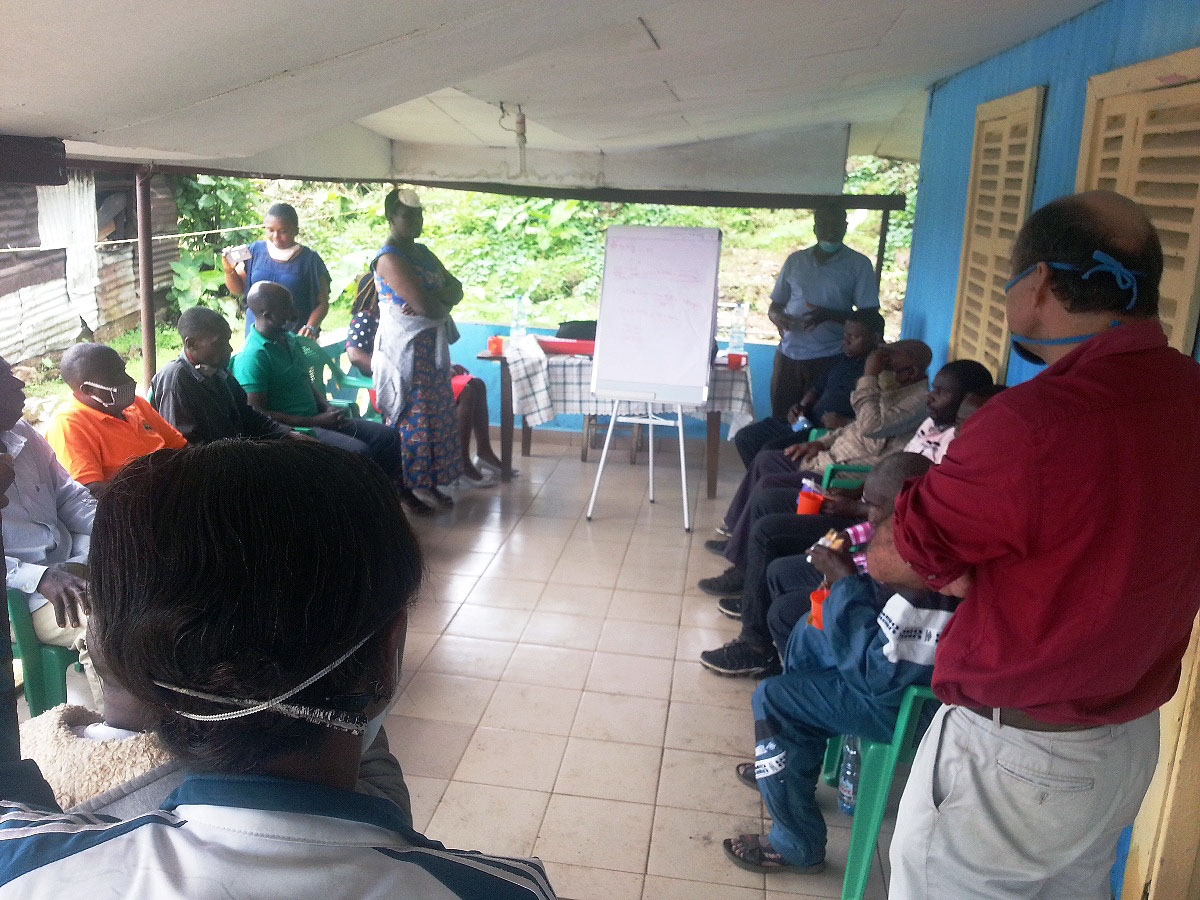It is said that the settlers around the Mount Cameroon Area migrated from the Congo Basin and thus are Bantus. As part of their activities, they find interest in fishing, agriculture and hunting. In that regard, from time immemorial these have been the primary activities of the occupants in the area. The more than 58,178 hectares of forest cover in this area positively influenced the settlement of the hunting and farming population.
However, increasing worries about the loss of forest cover and valuable biodiversity—that is, plants and animals alike—drew the attention of the Cameroon Government and other international NGOs and governments as a call for concern. In order to protect and conserve the huge biodiversity found in this geographical setup, the government declared the area a National Park, thereby controlling the hunting and farming activity. Later, the emergence of the International Union for Conservation of Nature’s (IUCN) Red List further restricted local residents from hunting (wildlife and honey), as well as from the timber exploitation and extensive farming that was negatively impacting the forest cover.
To help achieve the objectives of the Cameroon Government towards biodiversity conservation and forest cover protection, we are using community education programs to inform, sensitize and educate locals on the importance and need to conserve the biodiversity, and strategies for farming alongside the forest cover. For a more sustainable livelihood for locals and communities, the Mount Cameroon National Park Service—through the Program for the Sustainable Management of Natural Resources (PSMNR) South West—has identified over fifty local hunters who will be empowered on alternative green income generating activities such as piggery, beekeeping, yam/plantain cultivation and poultry. To ensure that the beneficiaries are well equipped, a series of training sessions are being held. Following the training, the trainees are given some supplies (including piglets, pig feed, and a drum each) and other necessary equipment.
All this is to ensure a more sustainable protein and income source for all the park communities (communities sharing direct boundaries with the park). It is believed that upon finalization of the project, pressure on natural resources and biodiversity and the communities’ interference in the park will be reshaped positively, with an increase in wildlife populations and regeneration of the carbon sink, habitat and vegetation.
